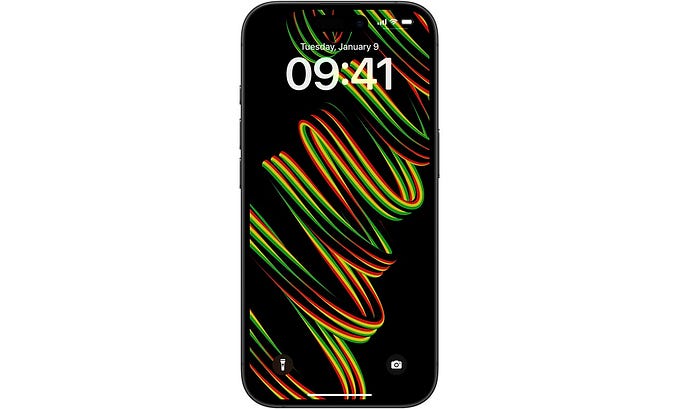In defence of the hairy line in drawings and sketches

In drawing, ‘hairy lines’ are generally considered ‘finished’ lines but that have not been resolved in certainty. A result of going back and forth with the pencil, as if unsure about the direction or placement of the line being drawn, in an effort to ‘find’ the proportions of the object being observed.
My high school art teacher used to suggest that a hairy line was a sign of both low confidence and lack of prolonged observation in what you are drawing, and therefore you should look more patiently, and attempt to draw in confident single strokes of the pencil, once you are clear where and how they should be. The recommendation from thevirtualinstructor.com is to aim for long ‘streamy’ lines, as hairy lines can look ‘confusing or heavy’. Most drawing instructors would probably agree. I however do not. In my own drawing class, which I’m currently teaching on Zoom every Tuesday and Wednesday evening, I would encourage the use of hairy lines, and an embrace of the uncertainty that they represent.
As students and artists, we should definitely learn to look more closely, more patiently, and with a greater sense of being present if we are to use drawing as a way to make sense of the world around us. But, why should we be confident, or certain about the object we are looking at when the object in question exists in a world of uncertainty and disorder, and the very act of representing it through drawing or painting, is in itself a distortion?

Cézanne’s flavour of modernism, in particular, taught us that making a 2D representation of a 3D object is wrought with problems. As told countless times through art history, Braque and Picasso elaborated on this problem and developed the question to its cubist fruition. This European dialogue of Cubism developed, partly because Cézanne’s work highlighted his own uncertainties about painting, and the world around him, as the phenomenologist Maurice Merleau-Ponty observed — it was Cézanne’s ‘doubt’ that opened the conversation about painting’s ability to fully observe and represent a scene in which the artist is fully and physically present in, rather that simply looking at.
Cézanne did not think he had to choose between feeling and thought, between order and chaos. He did not want to separate the stable things which we see and the shifting way in which they appear; he wanted to depict matter as it takes on form, the birth of order through spontaneous organization. He makes a basic distinction not between “the senses” and “the understanding” but rather between the spontaneous organization of the things we perceive and the human organization of ideas and sciences.
Life is full of doubt and uncertainty, so why would we want to lose these threads of thought when responding to life in a drawing or painting? If we annotate only the summits of observation, we lose so much sensory experience and visual information — a drawing or painting is an artefact of experience, but it needs participation from the viewer in order to activate it and if we (the viewer) are only given partial information, the work can only make a partial impression. Drawings should be riddled with uncertainty, because life is riddled with uncertainty. It is only when we acknowledge and accept the uncertainty and doubt that shape our lives, that we can begin to use drawing as a tool to understand and respond to it more openly.
Drawing, or painting, is not separate from life, or a layer on top of it. In design, it is in response to it, but in gesture, it is intimately and intrinsically bound to it and just one way in which we can begin to question how we see and interact with the chaos and change that governs this tiny corner of the universe. Furthermore, if the hairy line is considered unwelcome because of its indication of our failure to observe, then we must also say that failure is itself unwelcome. But how can we truly progress unless we occasionally fail? And how can art be a part of life if it excludes and ignores so much of it?
Ever tried. Ever failed. No matter. Try again. Fail again. Fail better.
— Samuel Beckett








